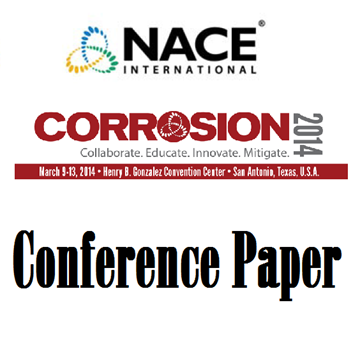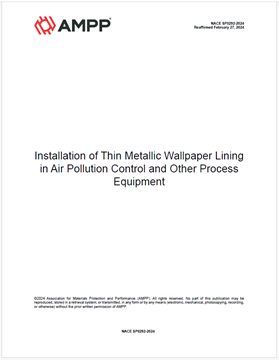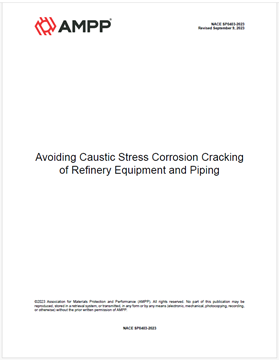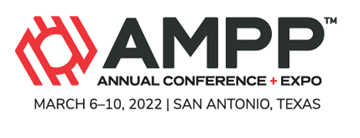Search
Products tagged with 'stainless steel'
View as
Sort by
Display
per page
Materials Selection For Seawater Injection Service – Crevice Corrosion Testing Of Stainless Steels Under Controlled Dissolved Oxygen
Product Number:
51321-16527-SG
Publication Date:
2021
$20.00
Mercury Liquid Metal Embrittlement Testing of Oil and Gas Production Alloys
Product Number:
51314-3993-SG
ISBN:
3993 2014 CP
Publication Date:
2014
$20.00
Methods for Construction of Pitting Engineering Diagrams of Stainless Steels Used for Water Systems
Product Number:
51323-19246-SG
Publication Date:
2023
$20.00
Microstructure and corrosion properties of stainless steel synthesized by ball milling method at different times
Product Number:
51323-19442-SG
Publication Date:
2023
$20.00
Microstructure And Mechanical Properties Of Additively Manufactured 316L Stainless Steel.
Product Number:
ED22-18491-SG
Publication Date:
2022
$20.00
Modeling Stress Corrosion Cracking With Explicit 3D Grain Microstructure
Product Number:
ED22-17160-SG
Publication Date:
2022
$20.00
NACE SP0292-2024, Installation of Thin Metallic Wallpaper Lining in Air Pollution Control and Other Process Equipment
Product Number:
NACE SP0292-2024
$109.00
NACE SP0403-2023, Avoiding Caustic Stress Corrosion Cracking of Refinery Equipment and Piping
Product Number:
NACE SP0403-2023
Publication Date:
2023
$109.00
Non-Arrhenius Stress Corrosion Crack Growth Behavior Of 304 Stainless Steel In Deaerated Water
Product Number:
ED22-17245-SG
Publication Date:
2022
$20.00
On The Performance Of UNS S32100 vs N08825 Expansion Compensator Materials In Geothermal Applications
Product Number:
51322-17790-SG
Publication Date:
2022
$20.00
On the Pitting Corrosion Resistance of Metallic Materials Used in Drilling and Reservoir Characterization Applications
Product Number:
51324-20872-SG
Publication Date:
2024
$40.00
Oxidation Resistant Behaviors of Commercial High Temperature Alloys in the Atmospheres Containing Water Vapor
Product Number:
51324-20729-SG
Publication Date:
2024
$40.00












